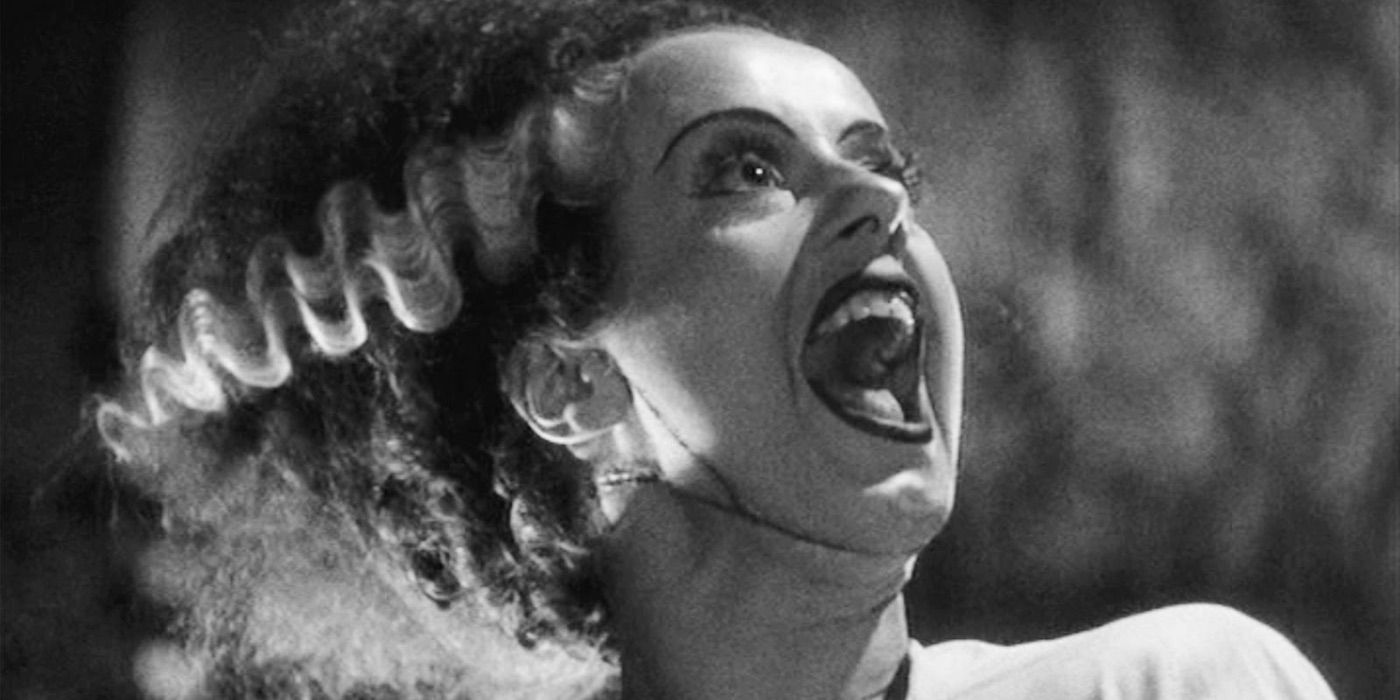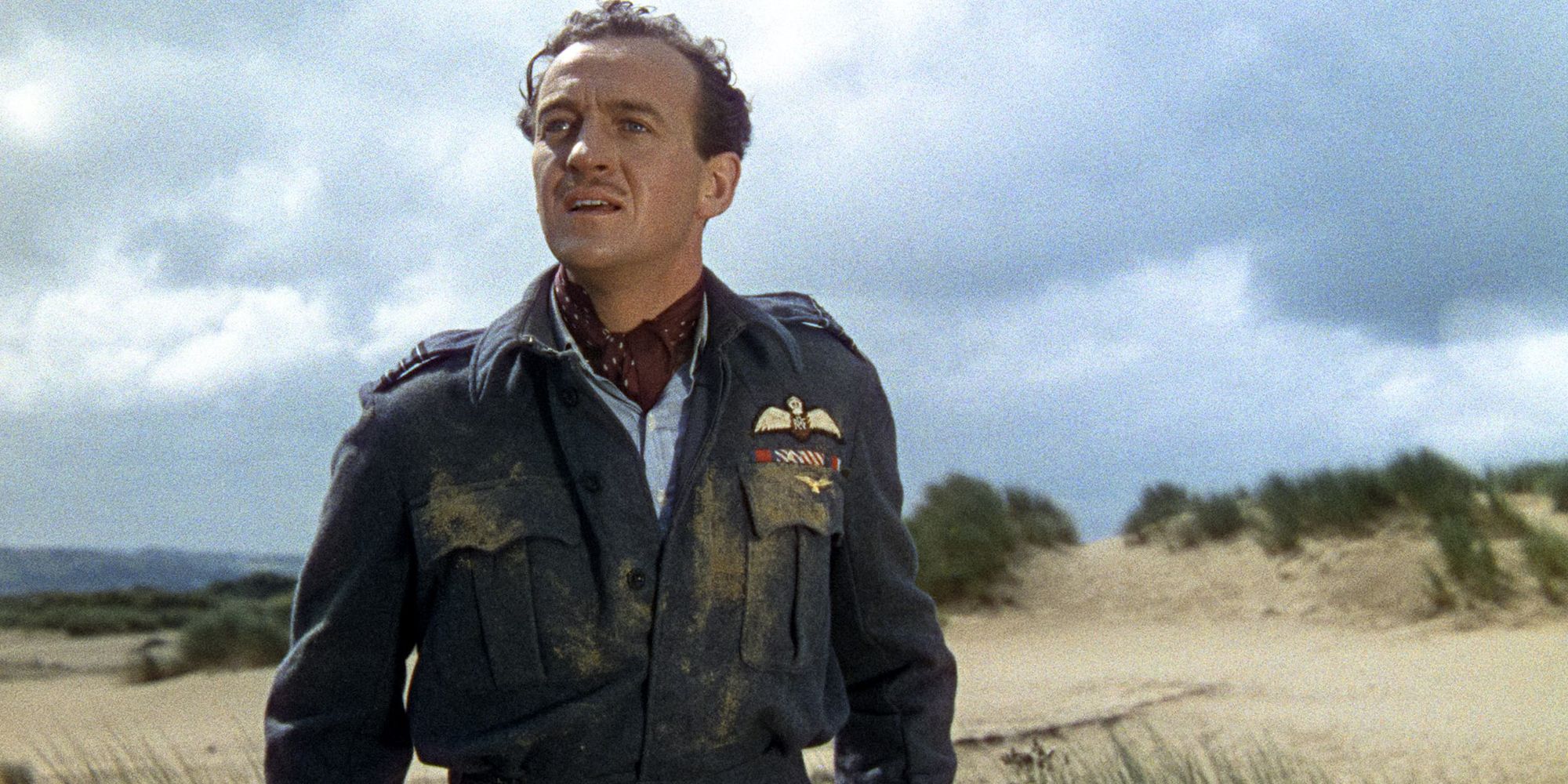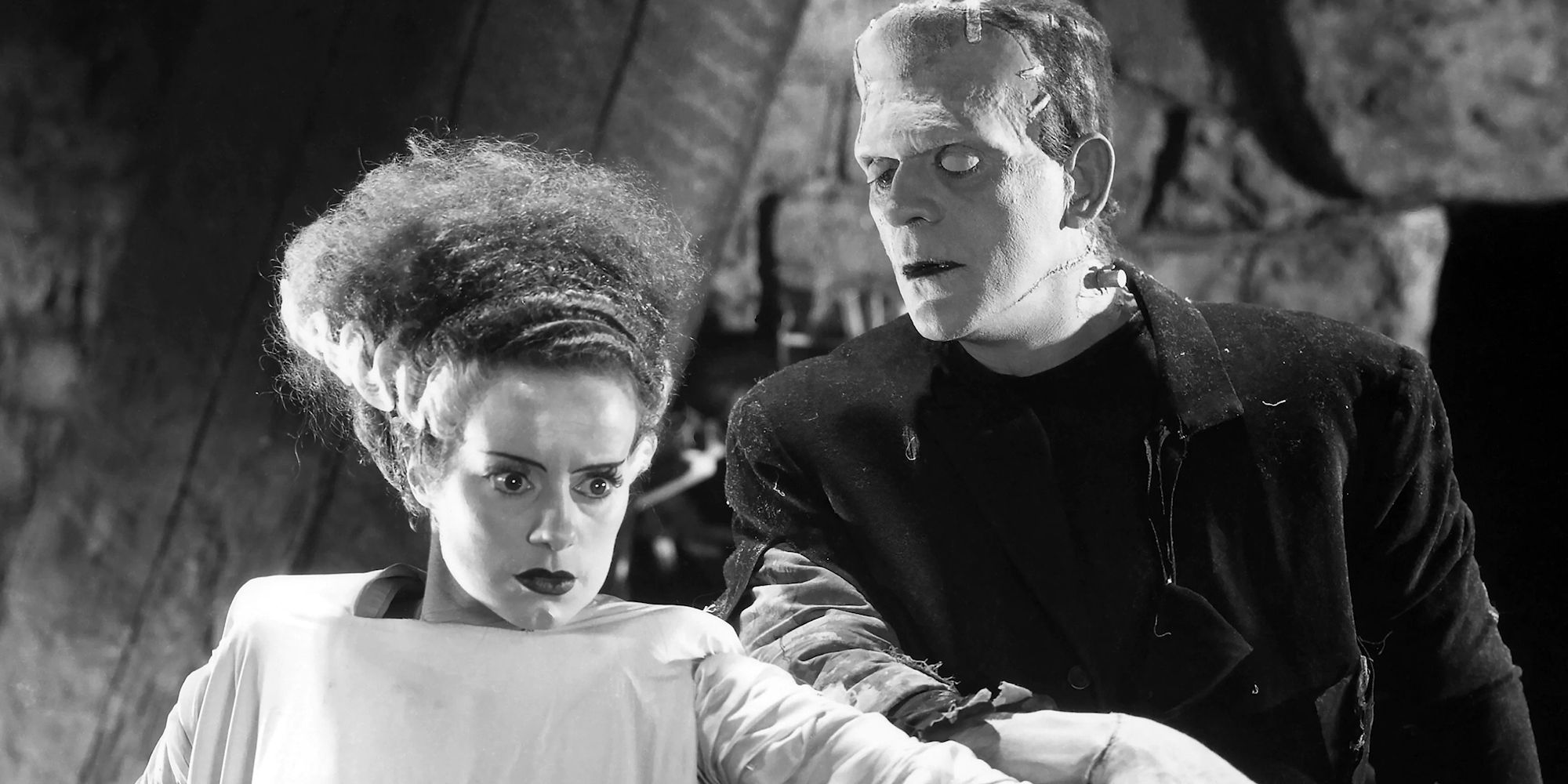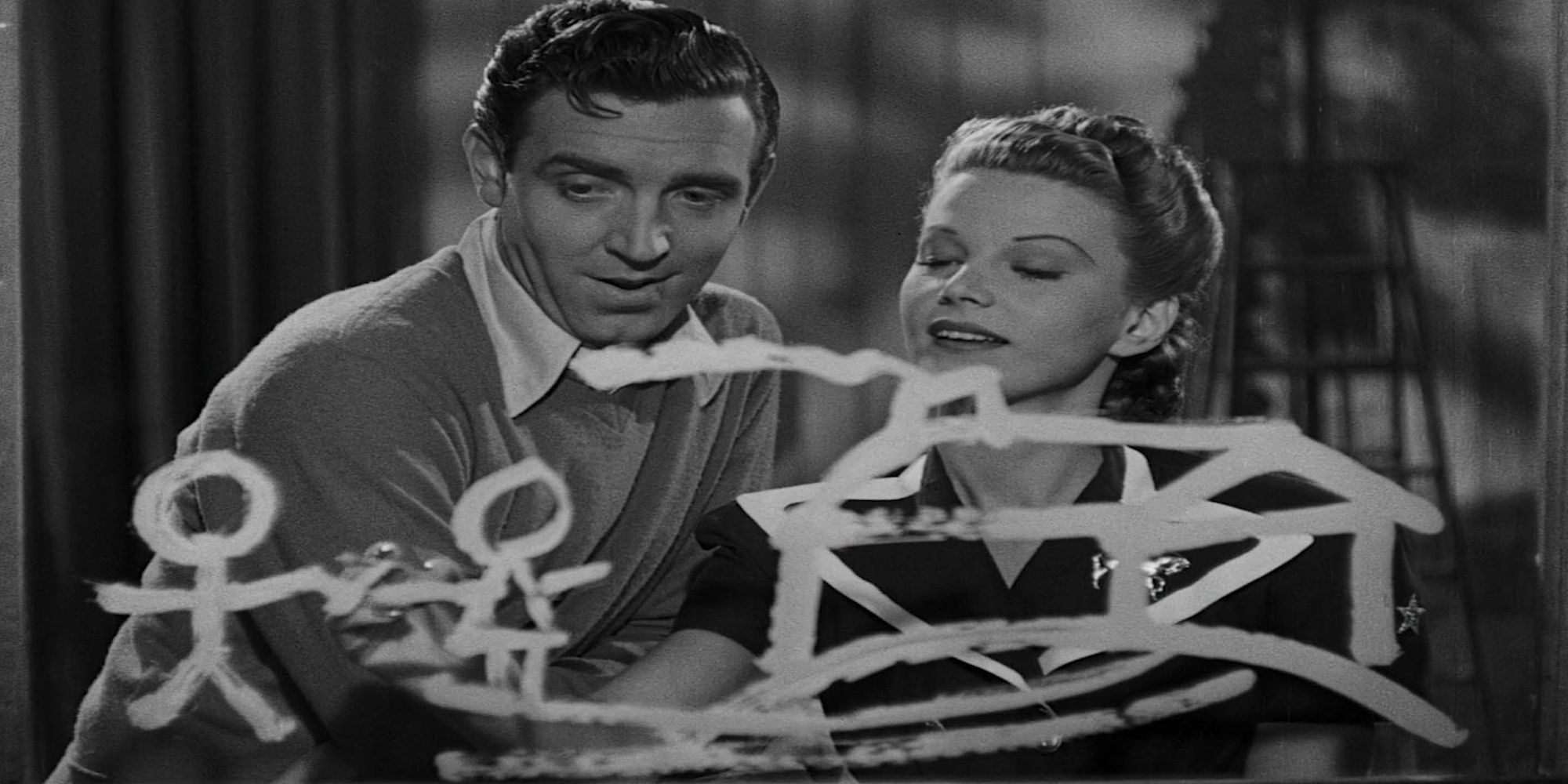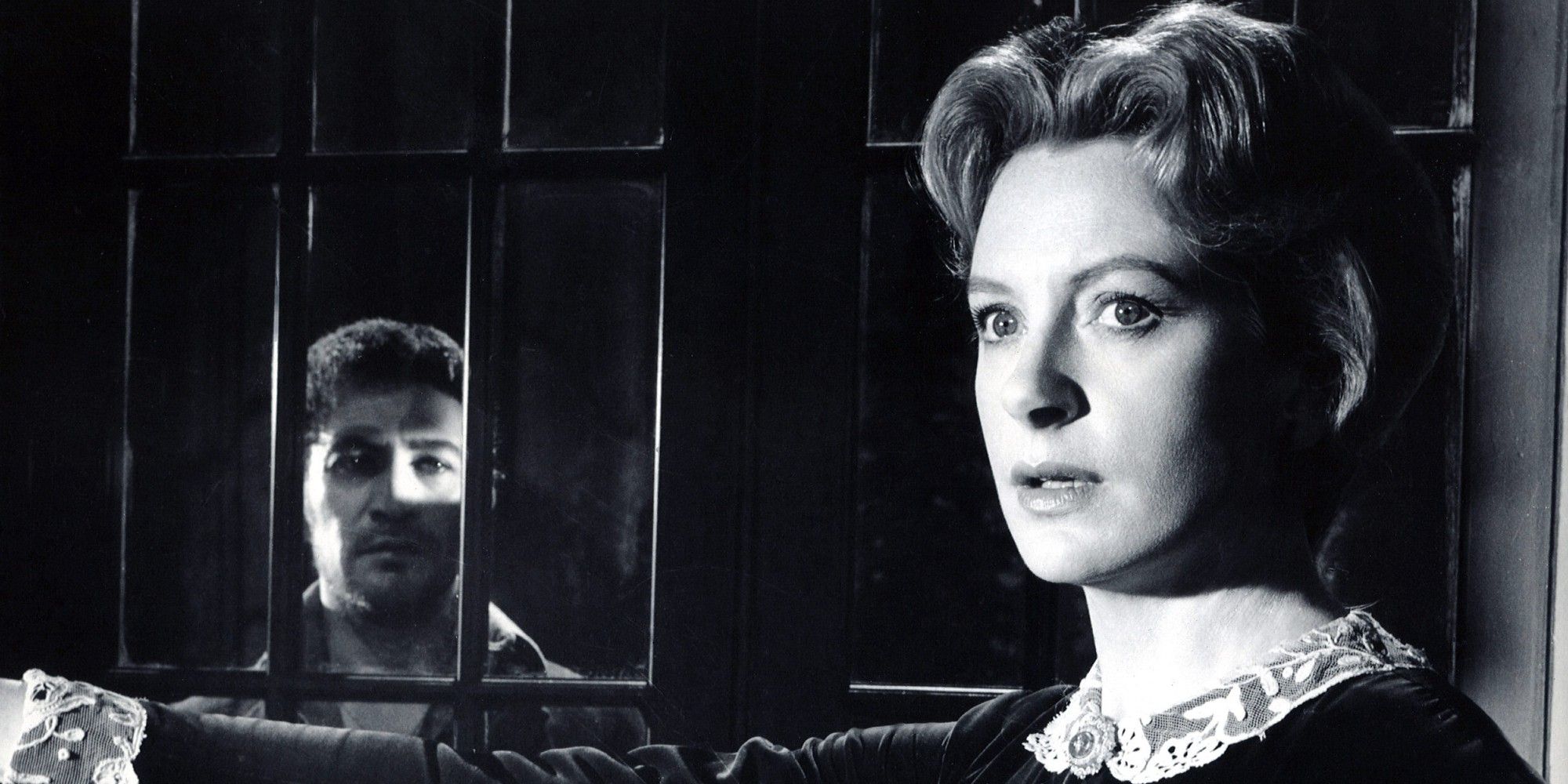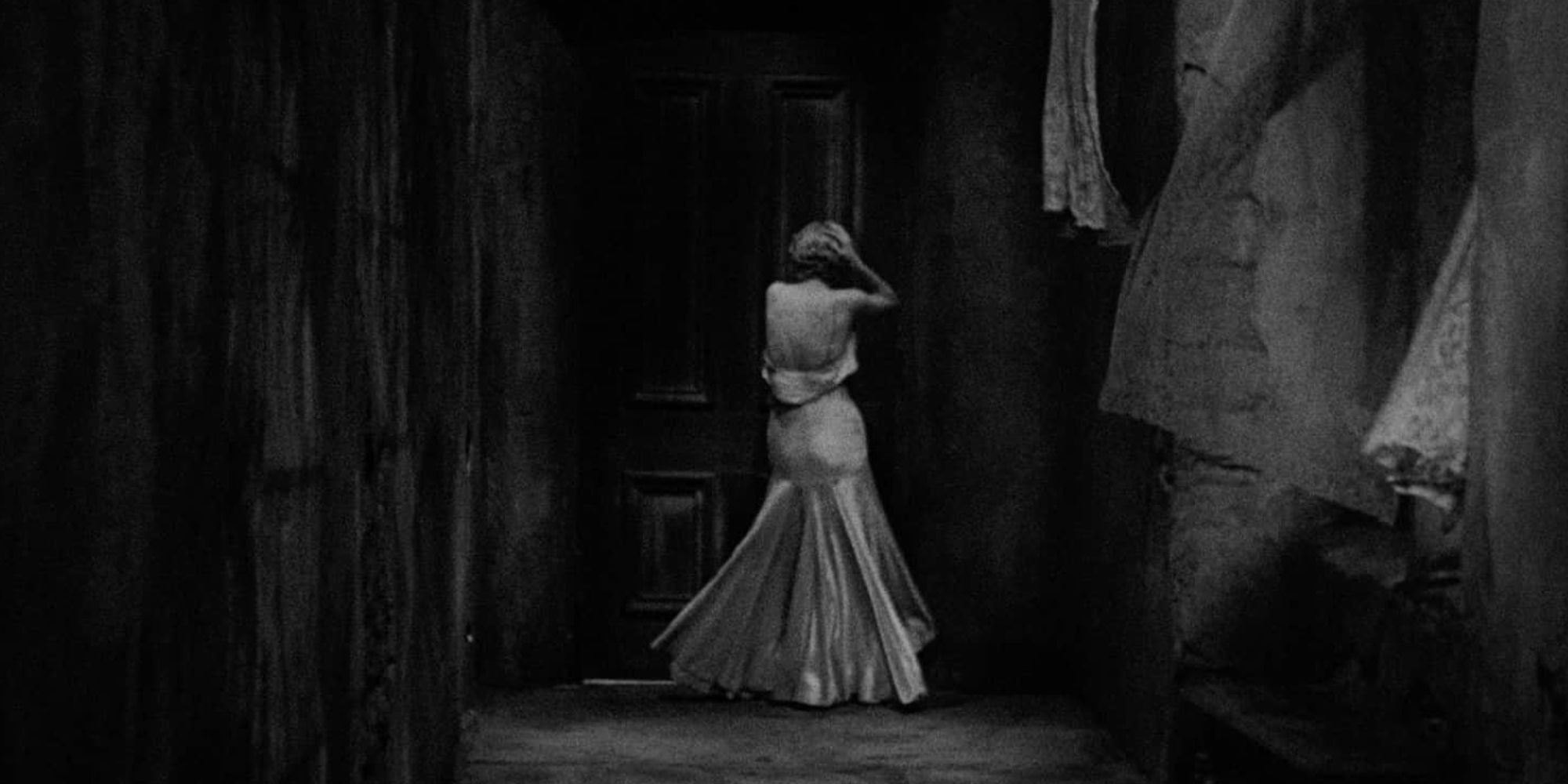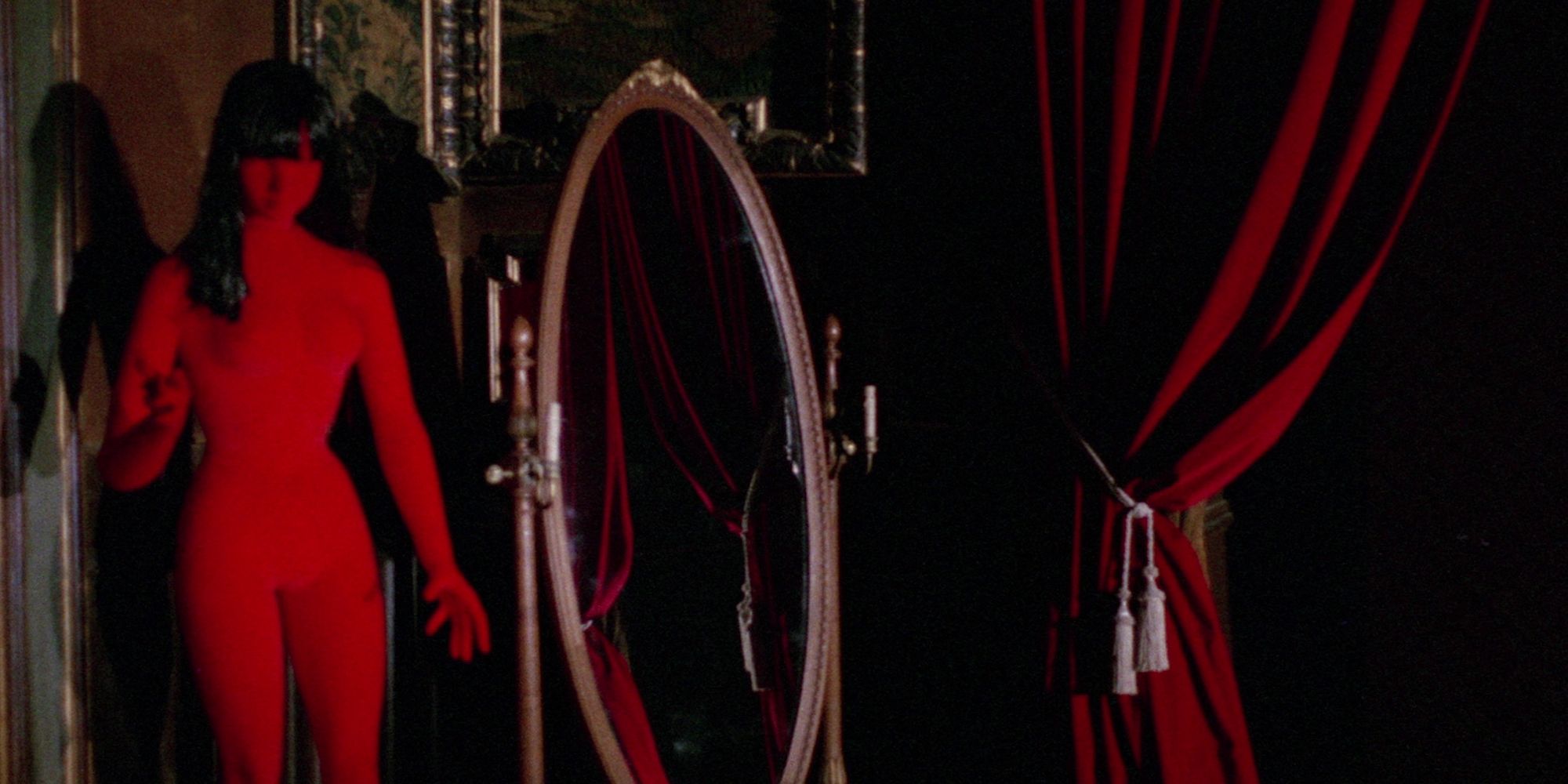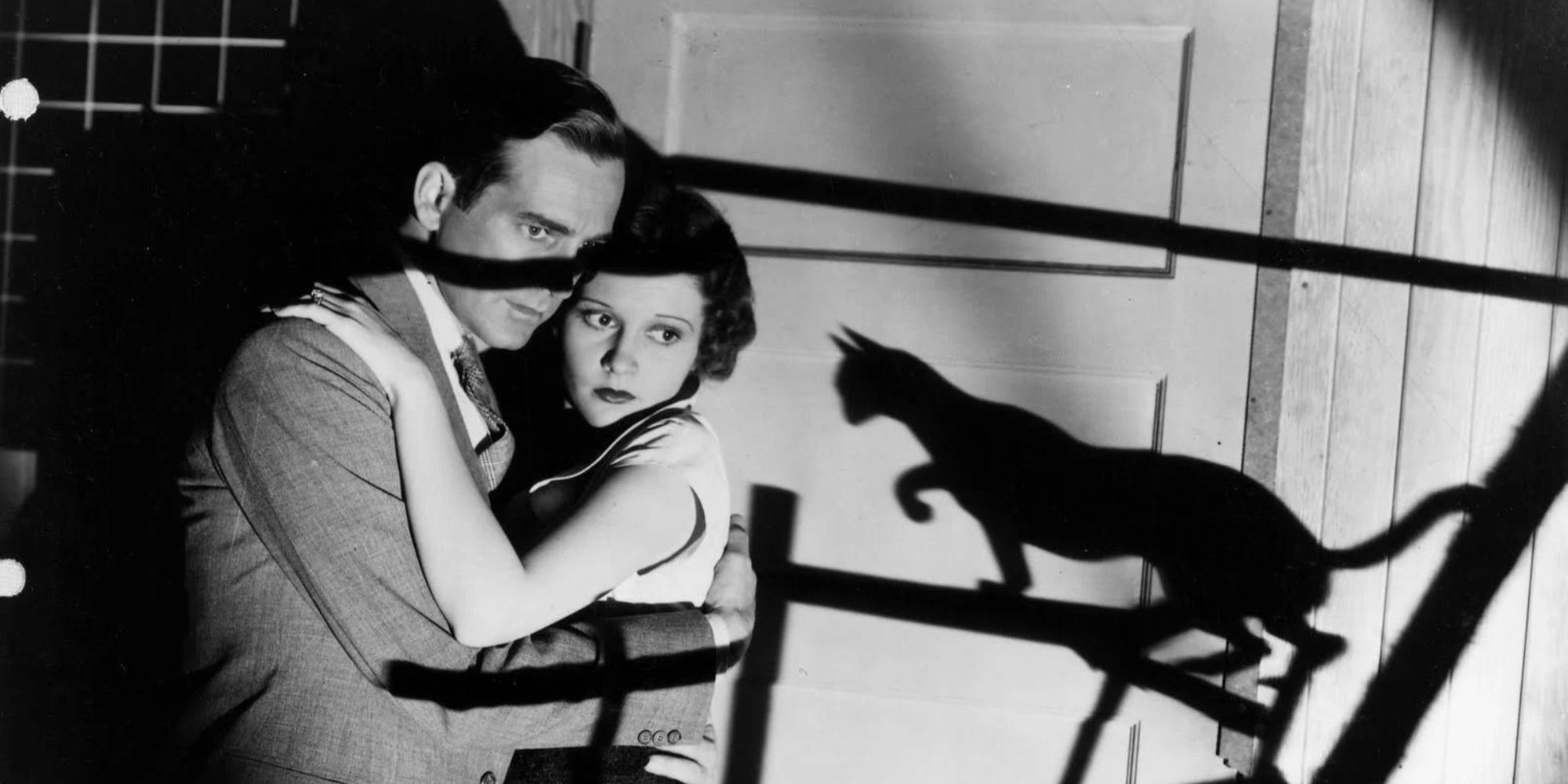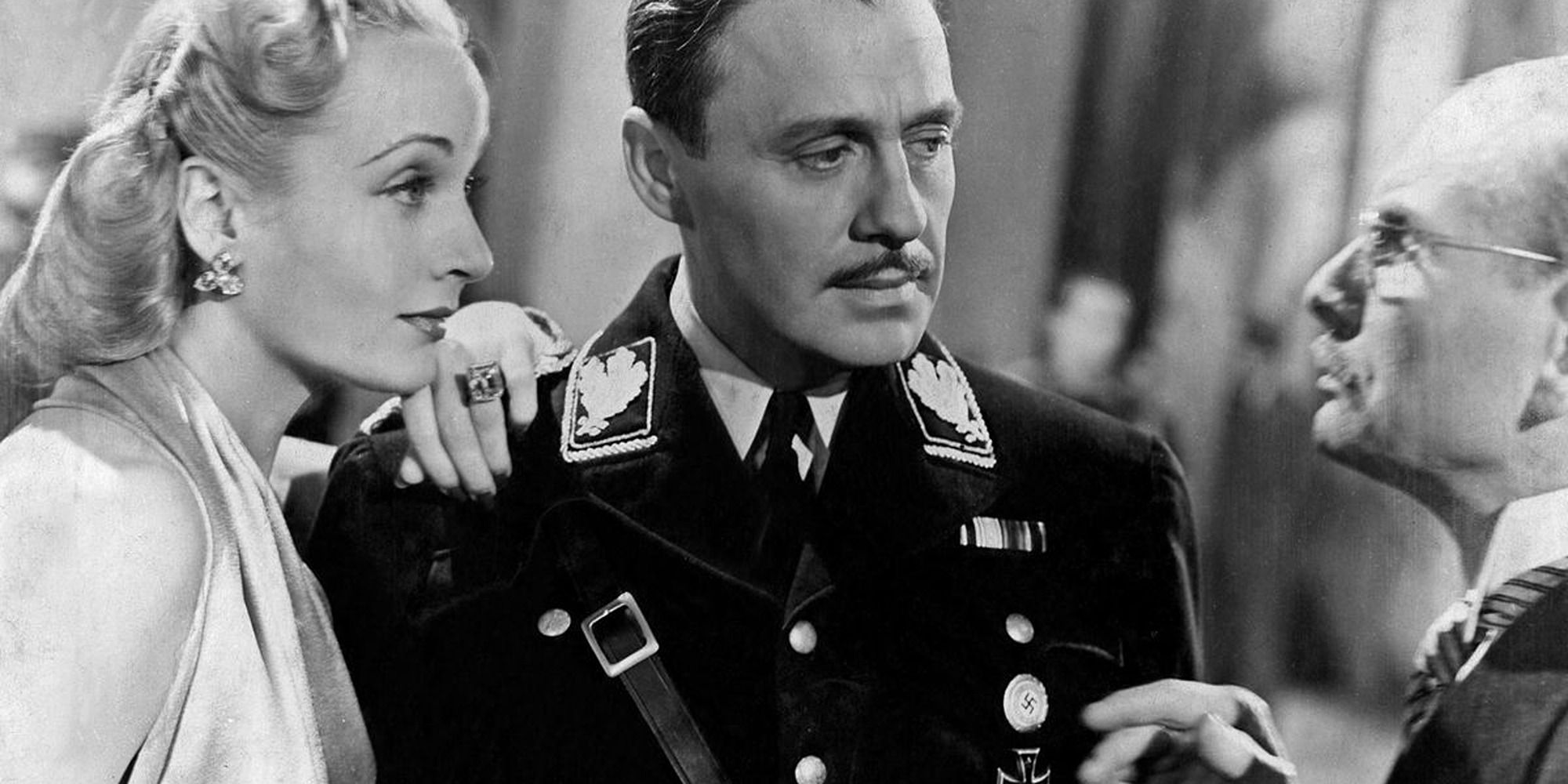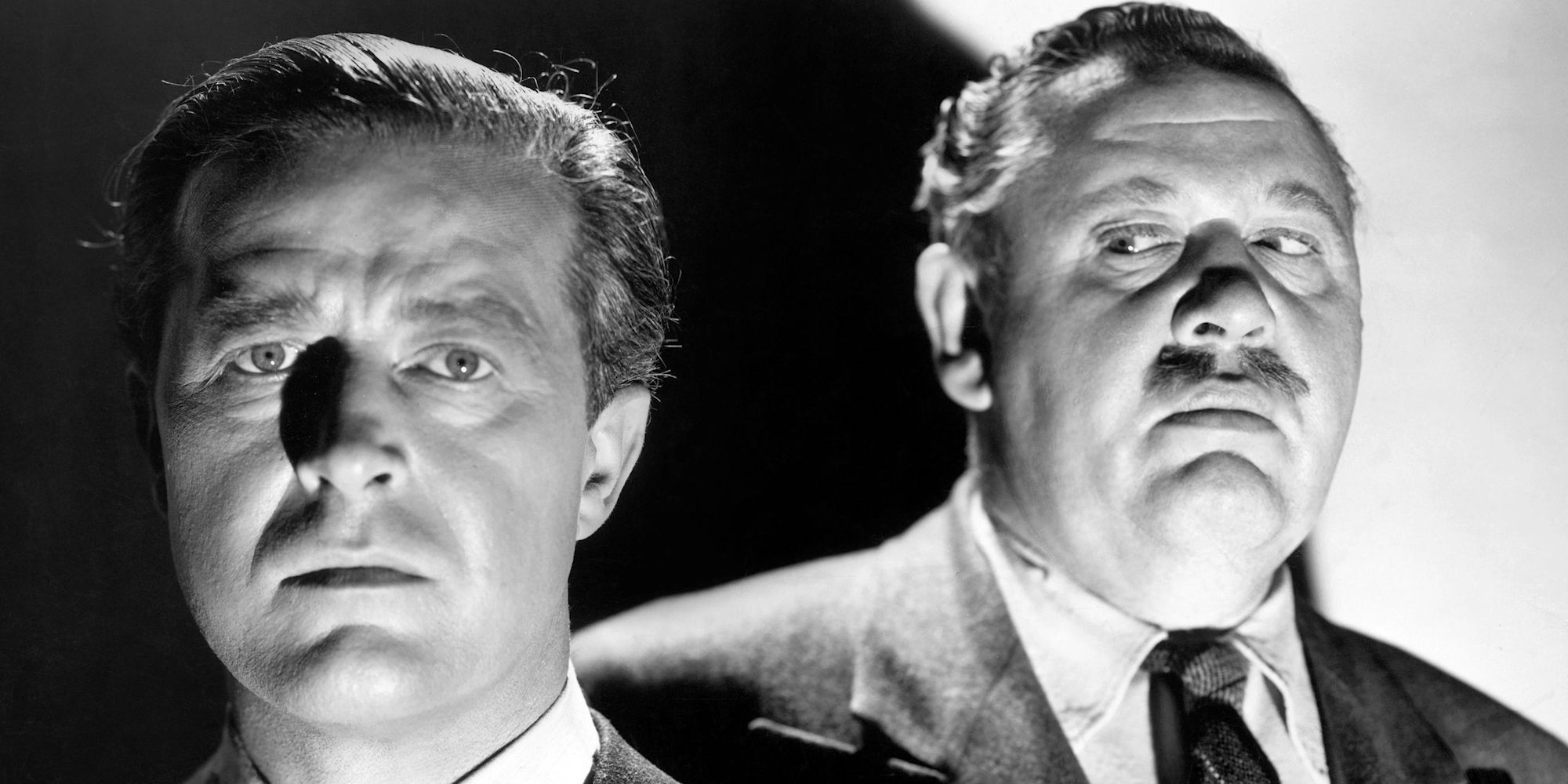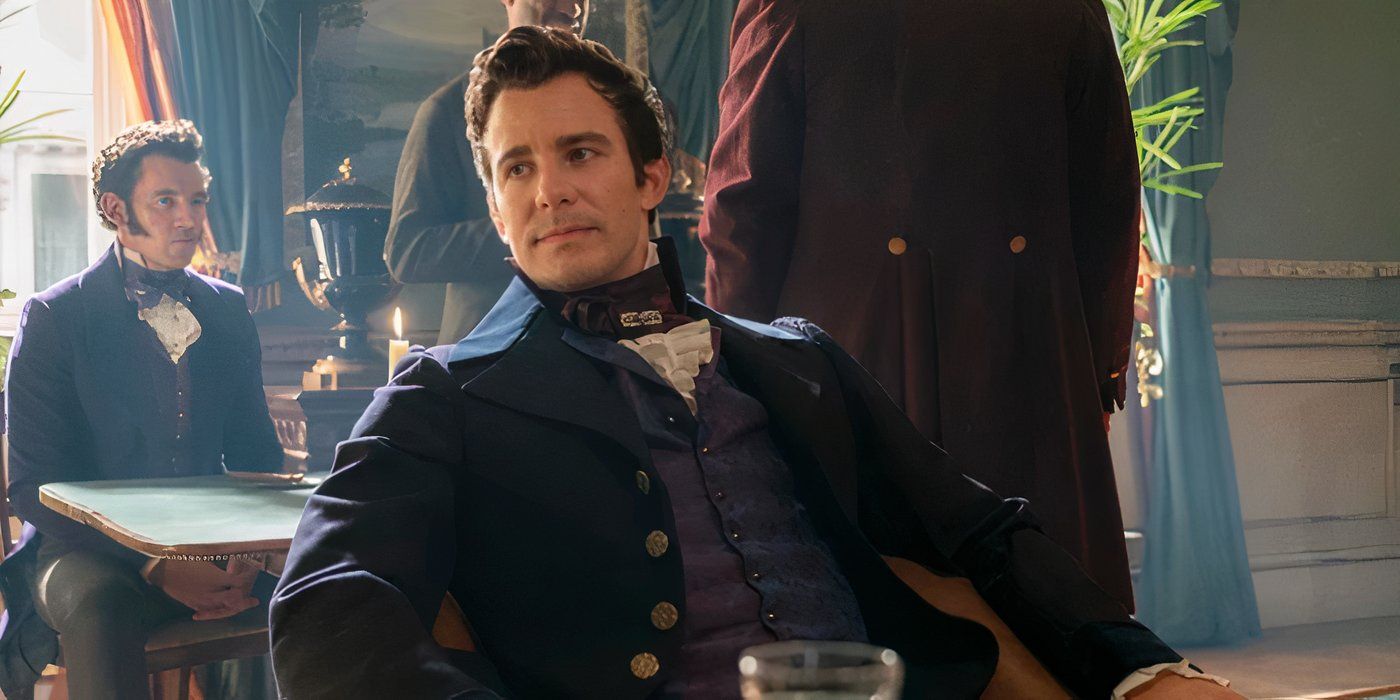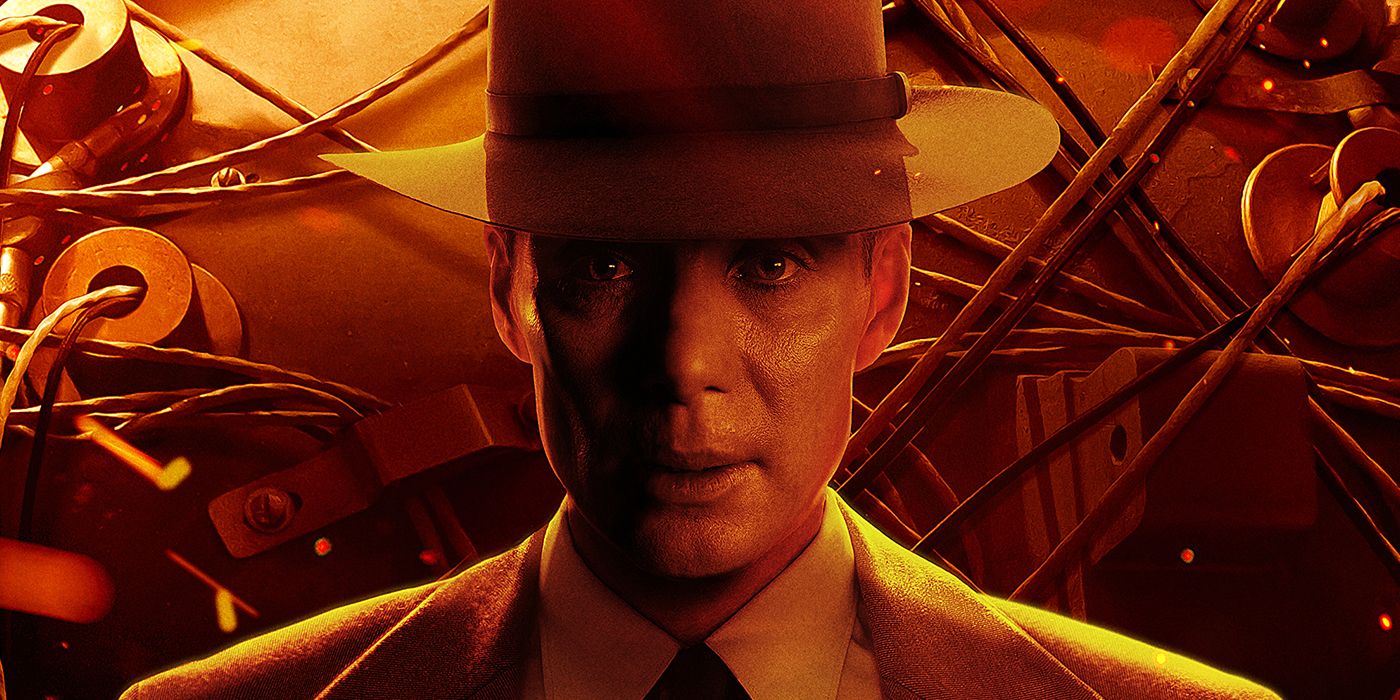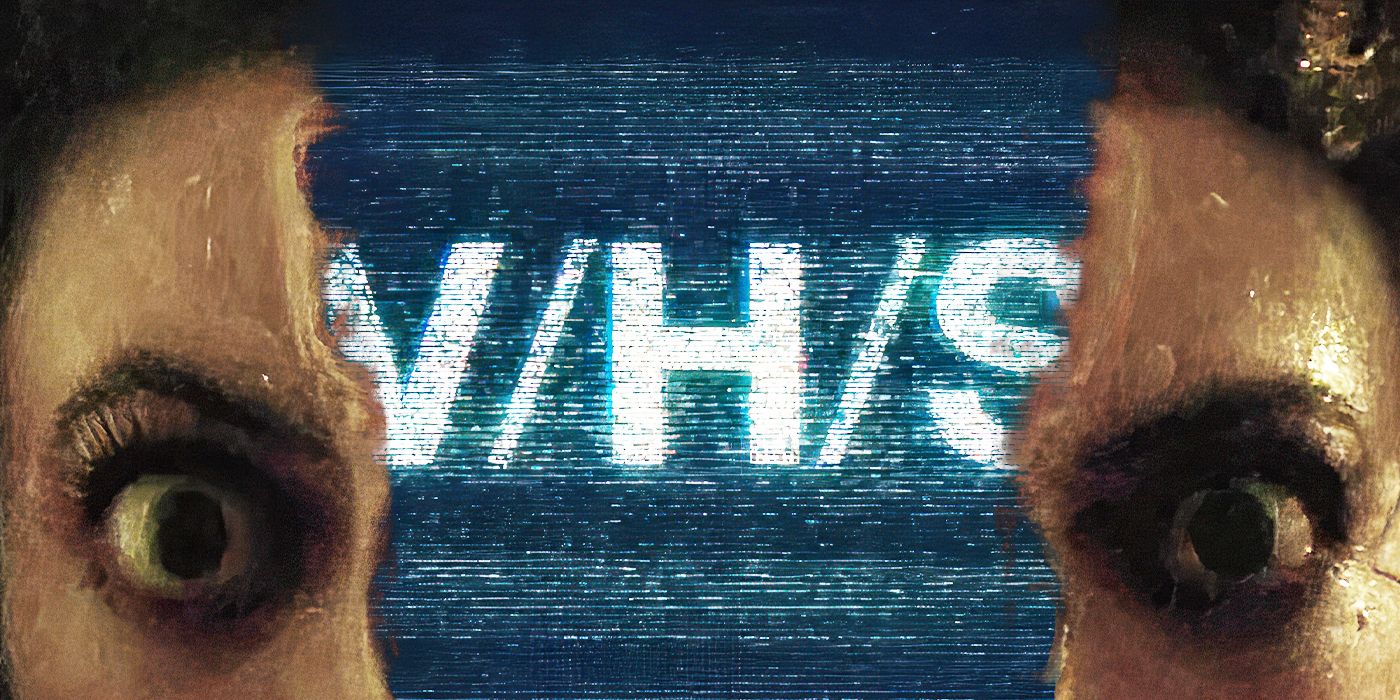Joe Dante is the quirky director responsible for genre gems like Gremlins, The Howling, Innerspace, and The ‘Burbs. He was on fire in the ’80s, serving up a string of live-action features that have the infectious energy and feel of live-action cartoons. In particular, Dante is known for his fun blend of horror and comedy, often with a subversive and satirical edge. At their best, his movies poke fun at the conventions of their genres while still serving up earnest, engrossing stories.
Dante’s body of work reflects his electic influences. He grew up on a diverse cross-section of cinema, including everything from Universal horror to Italian neorealism. Like most great filmmakers, he has a clear love for the medium and is happy to speak at length about his favorite movies. In interviews and in top ten lists, he has waxed lyrical about dozens of films that moved and inspired him. These are some of his most intriguing recommendations, many of which should appeal to fans of his own work.
10 ‘Umberto D.’ (1952)
A masterpiece of Italian neorealism
Umberto D. is a seminal Italian neorealist film directed by Vittorio De Sica. It centers on the titular Umberto (Carlo Battisti), an aging former civil servant struggling to make ends meet on his meager pension. He deals with hunger, illness, and the threat of eviction, all while trying to preserve his dignity. Through all this, Umberto’s only companion is his loyal dog named Flike. It’s a simple narrative, but a moving performance from Battista and De Sica’s sensitive direction elevates it to masterpiece status.
Umberto D. is now considered a classic of its era, and one of Dante’s favorte. “It is in fact one of the most moving and eventually shattering studies of old age and heartless bureaucracy ever filmed, right up there with Clement‘s Forbidden Games for an emotionally devastating climax,” Dante said.
Watch on Criterion
9 ‘A Matter of Life and Death’ (1946)
The Archers at their most fantastical
A Matter of Life and Death is one of the finest films by British directing duo Michael Powell and Emeric Pressburger. Visually stunning and philosophically rich, this wartime adventure tells the story of a British bomber pilot, Peter Carter (David Niven), who miraculously survives a plane crash without a parachute and falls in love with an American radio operator, June (Kim Hunter), in the final moments of his life.
However, an administrative error in the afterlife leads to a heavenly trial to decide whether Peter should be allowed to live or be taken away by a celestial messenger (Marius Goring). Gorgeous cinematography and earnest storytelling are at a premium here. “The sheer visual ingenuity and political savvy of this fantasy […] make this a true gem in the Powell/Pressburger canon,” Dante said; and we couldn’t agree more.
Watch on Tubi
8 ‘Bride of Frankenstein’ (1935)
A sequel that topped the original
Bride of Frankenstein continued the story of the tormented scientist Henry Frankenstein (Colin Clive) and his monstrous creation (Boris Karloff) as they grapple with the consequences of their actions. Dr. Pretorius (Ernest Thesiger), another scientist, persuades Henry to help him create a mate for the Monster, resulting in the famous Bride (Elsa Lanchester).
The movie is celebrated for its evocative set design, expressionistic visuals, and its mix of horror and dark humor. It’s also notable for expanding the Frankenstein mythology, paving the way for many of the adaptations that would follow. “It’s one of those pictures that puts the lie to that idea that the sequel is never better than the original […] It’s a beautiful film to look at, extremely well acted [and] very witty,” Dante said.
Watch on Peacock
7 ‘Hellzapoppin” (1941)
An underrated 1940s musical comedy
This musical comedy revolves around the misadventures of comedians Ole Olsen and Chic Johnson, playing exaggerated versions of themselves, as they become embroiled in the chaotic production of a Broadway show at the behest of a wealthy producer. It’s wacky and energetic, serving up a frenetic mix of sight gags and musical numbers.
The characters also frequently break the fourth wall in a way that was not common at the time. It’s obviously quite dated now, but the right kind of viewer should get a kick out of it. Dante has cited it as one of his favorites and has replicated some of its gags in his movies. “It’s an unjustly unknown major comedy that was incredibly influential for me,” he explained.
6 ‘The Innocents’ (1960)
A seminal ghost story
The Innocents is an influential ghost story directed by Jack Clayton from a script co-written with Truman Capote. Deborah Kerr stars as Miss Giddens, a governess who is hired to care for two young orphans, Miles (Martin Stephens) and Flora (Pamela Franklin), on a remote country estate. After she arrives at the seemingly idyllic Bly House, she becomes increasingly convinced that the children are under the influence of malevolent spirits.
The film is smart, atmospheric, and genuinely unsettling, in no small part thanks to the mesmerizing performance from the young Stephens. “It is a brilliant piece of filmmaking,” Dante said. “The acting of Deborah Kerr is magnificent. It’s probably her best performance that I’ve ever seen. It’s a layered ghost story. It’s chilling. It’s haunting […] This is probably the best ghost story ever filmed.”
5 ‘The Old Dark House’ (1932)
A groundbreaking horror comedy
Bride of Frankenstein‘s James Whale also directed this comedy-horror about five travelers who seek shelter from a storm in an isolated mansion. There, the characters meet the eccentric and sinister Femm family, led by Horace (Ernest Thesiger) and his brutish brother Saul (Boris Karloff.) As the night progresses, the tension rises, and the guests are subjected to a series of bizarre and chilling events.
The film’s reputation increased over time, and it is now widely regarded as a fantastic send-up of early horror movie conventions. “It’s still one of the more watchable and disturbing movies from that period. And it’s a shame that it isn’t better known,” Dante has said. “I’m a big James Whale fan, and this might be his best picture.”
Watch on Criterion
4 ‘Blood and Black Lace’ (1964)
A stylish giallo classic
Blood and Black Lace is an early giallo film by genre legend Mario Bava. The story takes place within the high-fashion world of a glamorous Italian modeling agency, where the models begin to be picked off one-by-one by a masked killer. It’s a fairly standard premise, but the movie stands apart with its sumptuous cinematography and striking use of color.
Dante has named Bava as one of his favorite directors. “[Blood and Black Lace is] such a beautiful movie to look at, and the juxtaposition of beauty and death is really perverse in it. It runs through all his works, but in this particular movie, which I think is one of Tarantino’s favorites, it really comes to the fore. It’s a very entertaining picture, and very violent,” Dante said.
Watch on Tubi
3 ‘The Black Cat’ (1934)
A horror featuring some of the genre’s biggest legends
On their honeymoon in Hungary, Peter (David Manners) and Joan Alison (Jacqueline Wells) cross paths with Dr. Vitus Verdegast (Bela Lugosi), a psychiatrist who has returned to his homeland after years in a POW camp. After their bus driver loses control and crashes, the Alisons and Verdegast wind up at the creaky mansion of architect Hjalmar Poelzig (Karloff), a bitter enemy of Verdegast. There, they find their lives in increasing danger.
The Black Cat marked the first time that Lugosi and Karloff appeared on-screen together. It’s fun to see these giants of horror trade glares, and they would go on to collaborate seven more times. “[The movie] is an art deco nightmare, and it’s got all these very perverse ideas and concepts running through it. It’s like watching somebody else’s bad dream,” Dante said. “It’s really a wonderful picture […] It’s so off-beat and kind of unique. There aren’t a lot of other movies like it.”
Watch on Criterion
2 ‘To Be Or Not To Be’ (1942)
A fearless satire
To Be or Not to Be is a bold satire set in Nazi-occupied Warsaw where a troupe of Polish actors led by Joseph (Jack Benny) and Maria Tura (Carole Lombard) discovers that a Nazi spy is in their midst. The pair concoct a daring plan to outwit the enemy and save the resistance. The movie fearlessly skewers the Nazis, which is impressive given that it was made while World War II was still underway.
Arguably ahead of its time, To Be or Not to Be boasts clever wordplay, deft direction, and killer performances from the leads, especially Lombard in her final screen role. “It’s a movie that mixes humor with things that at the time were considered so tasteless that people were shocked that anybody could be making a movie about this subject,” Dante said. “But it is genuinely funny, and it comes from character humor and an incredible cast.”
Watch on Criterion
1 ‘The Big Clock’ (1948)
An unpredictable thriller
The Big Clock is a twisty thriller about a crime writer named Stroud (Roy Milland) who is attempting to clear his name for a murder he did not commit, while at the same time thwarting his colleagues’ investigation because the evidence incorrectly points to him. Charles Laughton delivers an enjoyably horrid performance as Stroud’s tyrannical boss Earl Janoth, the real killer.
The narrative is quite implausible, but it’s still intricate and surprising enough to be entertaining. Fortunately, the movie doesn’t take itself too seriously, and the dialogue is often charmingly silly. “[Director John Farrow] is, I think, a very underrated director – a real stylist and a fan of long takes,” Dante said. “The script is really clever and even skirts on screwball comedy at times. It’s a very rewarding movie and a lot of fun.”

